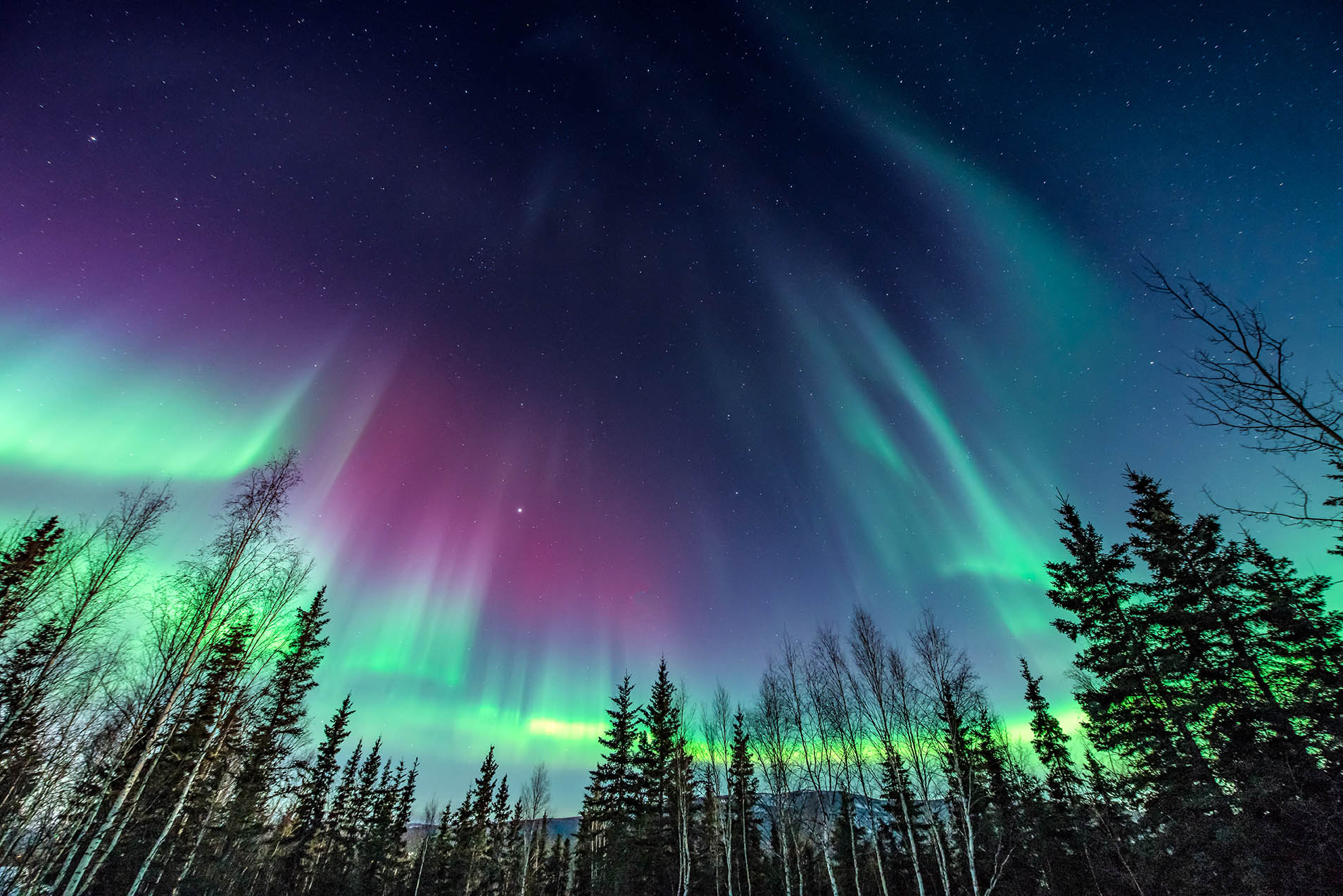Title: Unveiling the Mystique of the Northern Lights: A Spectacular Nature’s Show
The Northern Lights, also known as the Aurora Borealis, offer one of Earth’s most captivating natural spectacles, painting the polar night skies with vibrant green, pink, purple, and blue hues. This celestial phenomenon is a breathtaking sight and a fascinating natural event steeped in mythology, science, and adventure. As families and explorers chart their journeys from sunny locales like Miami Beach to the serene landscapes of Martinique and eventually to the polar regions, understanding and experiencing the Northern Lights can add a profound depth to their adventures.
What Are the Northern Lights?
At the heart of the Northern Lights is a cosmic ballet between the Earth’s atmosphere and solar winds. Charged particles ejected from the Sun’s atmosphere, traveling millions of miles, collide with gases like oxygen and nitrogen in Earth’s atmosphere. This collision results in a mesmerizing display of light that illuminates the polar skies. The colors of the aurora are determined by the type of gas molecules involved and the altitude at which the collisions occur. For instance, oxygen molecules located about 60 miles above the Earth produce green, the most common aurora color.
How to Witness This Celestial Phenomenon
The best time to view the Northern Lights is during the winter months, from late September to early March, when the nights are longest in the polar regions. Destinations within the Arctic Circle, such as Norway, Iceland, Finland, and Alaska, are prime viewing spots. The aurora tends to be most active late at night or early in the morning. Clear skies and minimal light pollution are essential for an unobstructed view of this magnificent light show.
Educational Fun Facts
- The Northern Lights have a counterpart in the Southern Hemisphere known as the Aurora Australis or the Southern Lights.
- Aurora displays can also produce a range of sounds, including claps, crackles, and static, which are audible under certain conditions.
- The pattern and intensity of the aurora are influenced by the 11-year solar cycle. During peak solar activity, auroras can be seen over more expansive areas, even outside the typical polar regions.
- Historical accounts of auroras date back to ancient civilizations, with interpretations ranging from divine omens to battling dragons.
Viewing the Northern Lights Virtually
Numerous online resources offer live streams and photo galleries for those eagerly anticipating their journey or wishing to indulge in the beauty of the Northern Lights from the comfort of their home. Websites such as Explore.org and the Canadian Space Agency’s AuroraMAX provide live feeds and stunning imagery of the aurora, allowing viewers to witness the phenomenon in real-time or through archived visuals.
As families (Safe Journey and Beautiful Spectacle to Christina and her Family 😉 ) transition from the warm sands of Miami Beach through the lush landscapes of Martinique and towards the enchanting polar regions to chase the Northern Lights, this celestial journey offers more than just a visual spectacle. It’s an educational adventure that connects us to the vast wonders of our planet and beyond, reminding us of the beauty and mysteries that await in the natural world.




